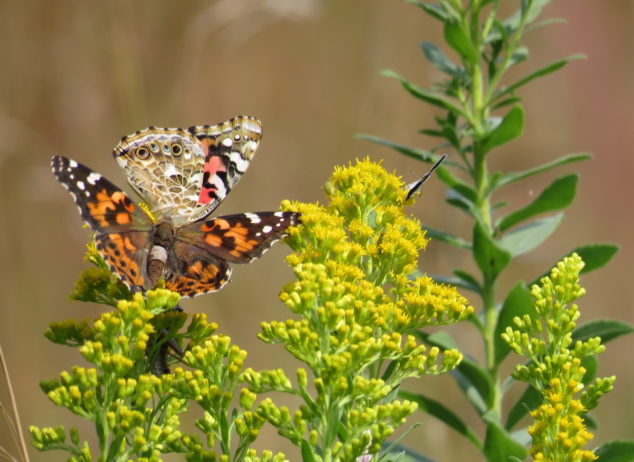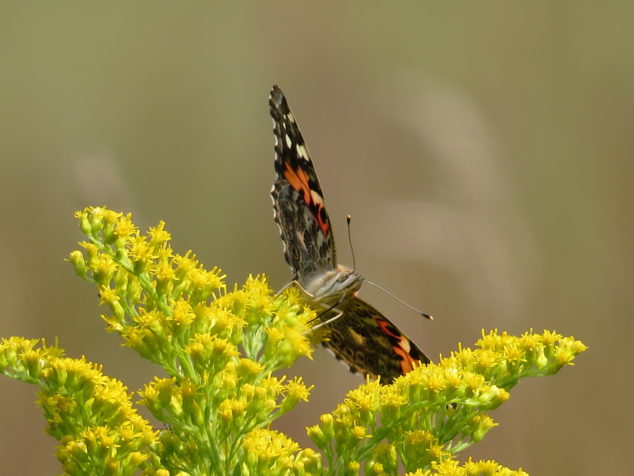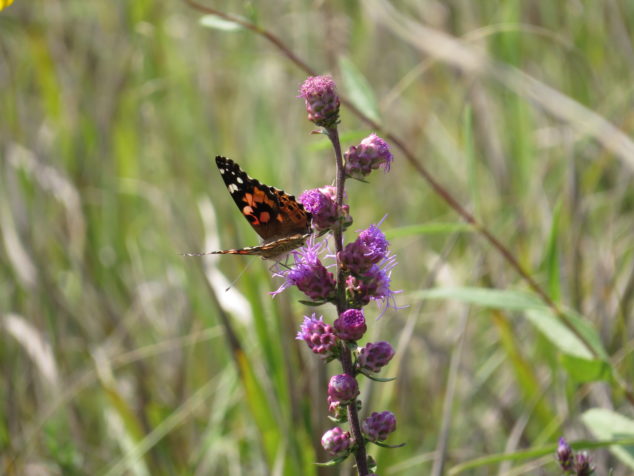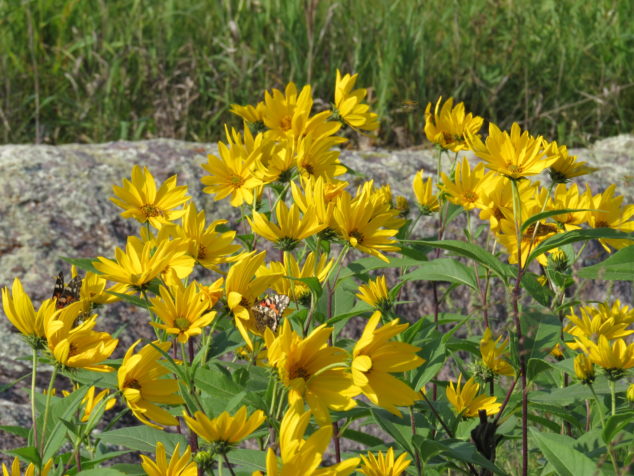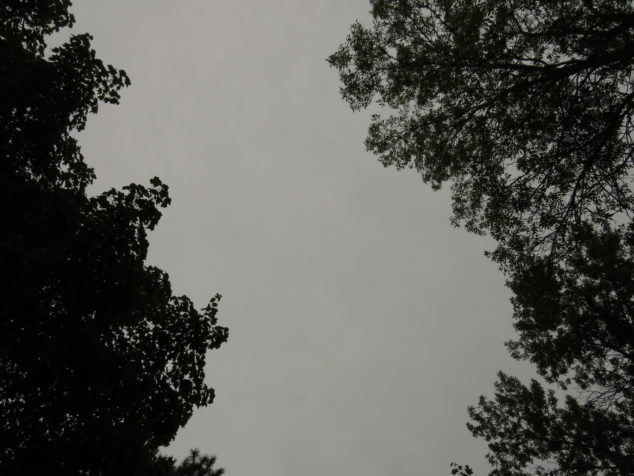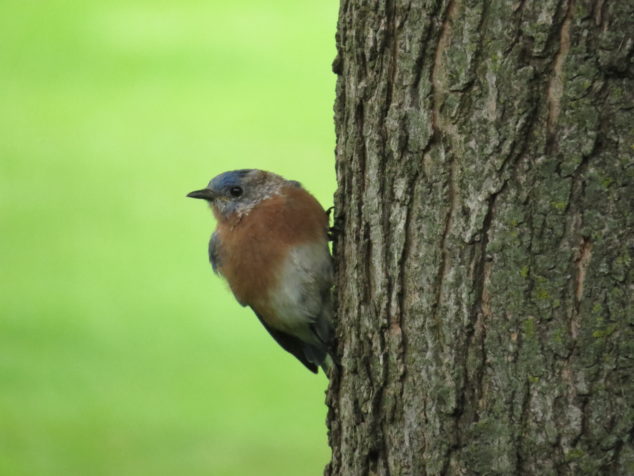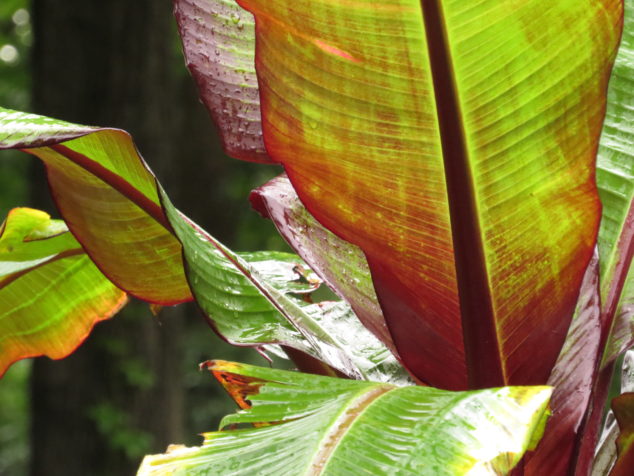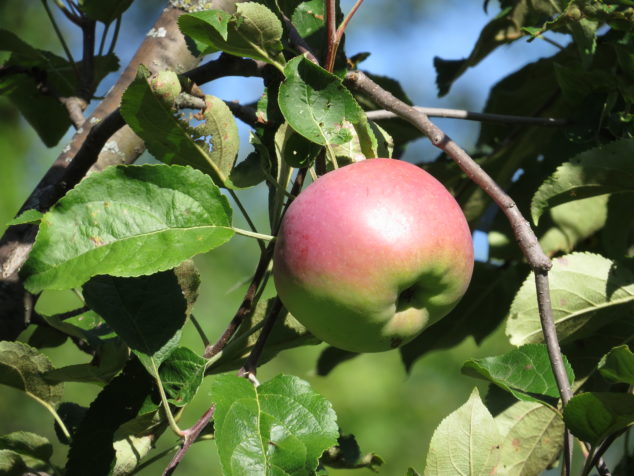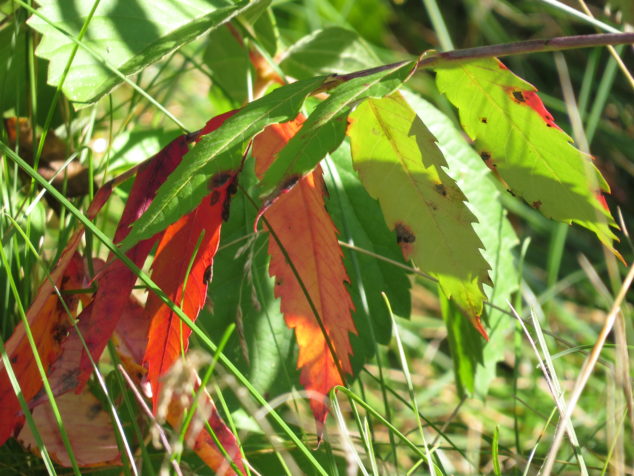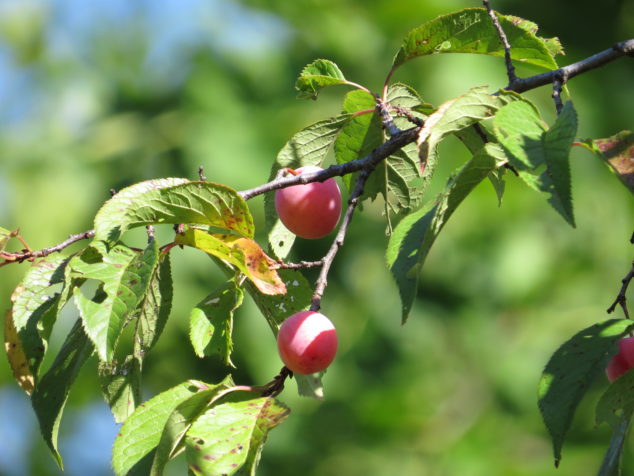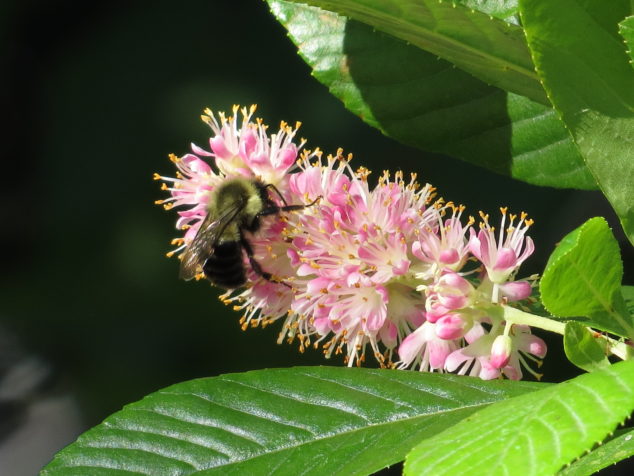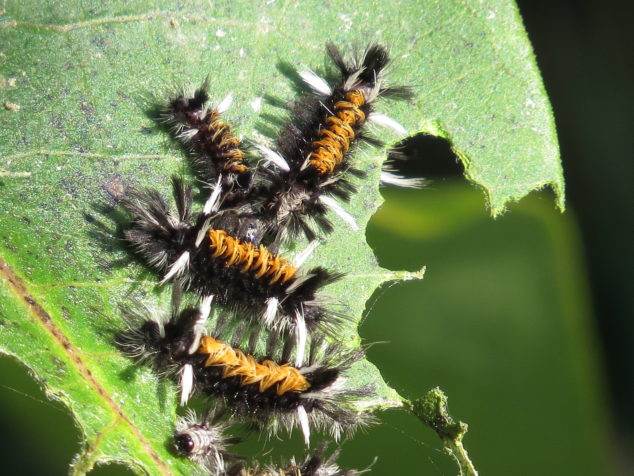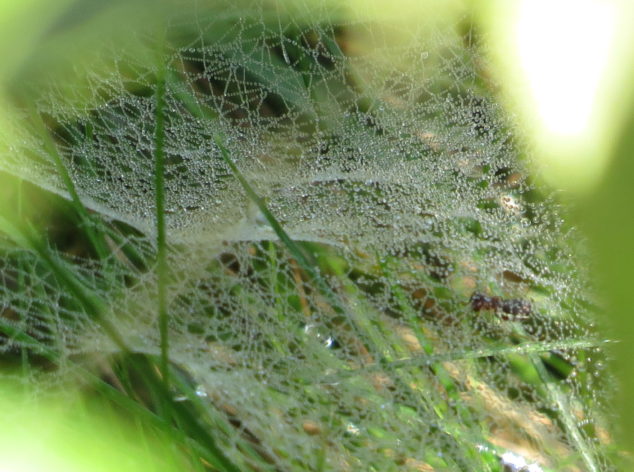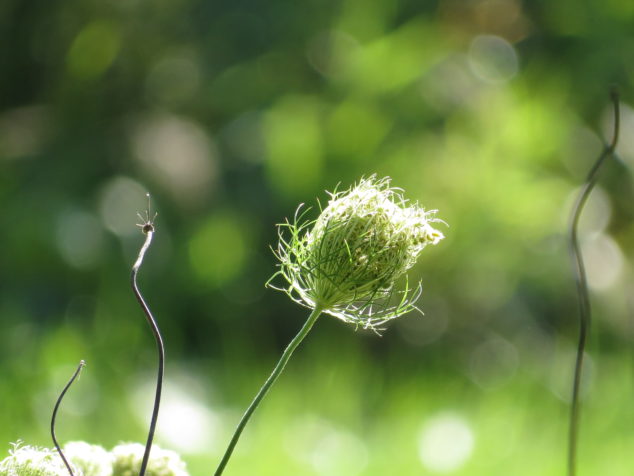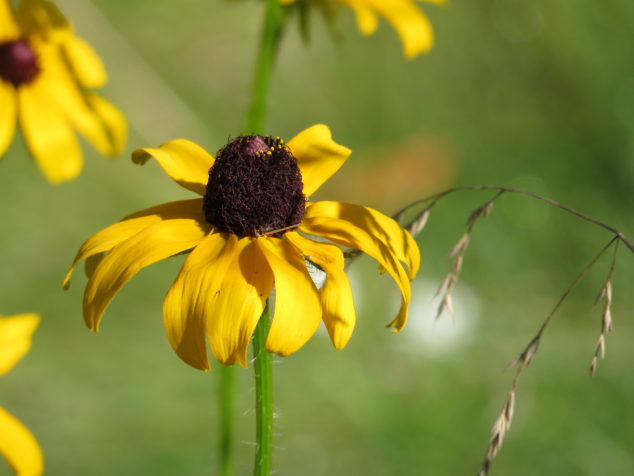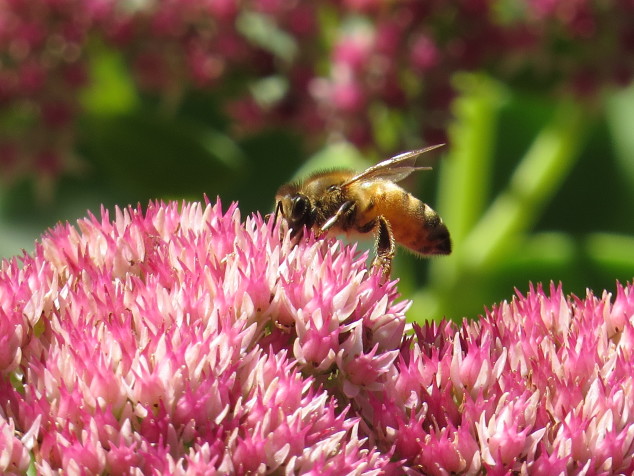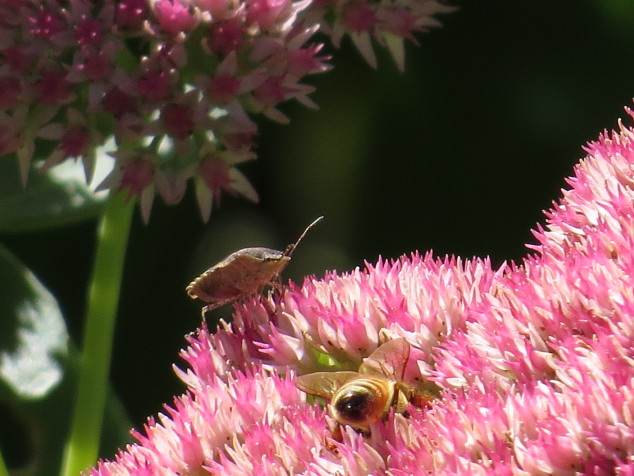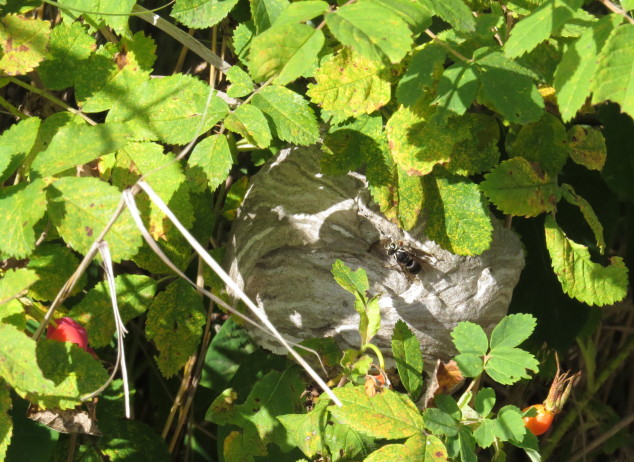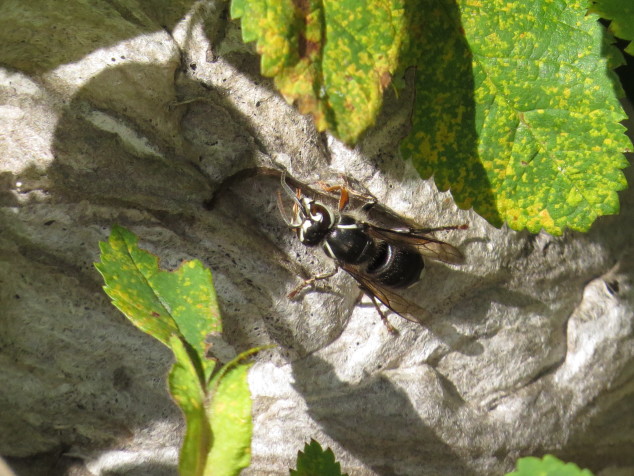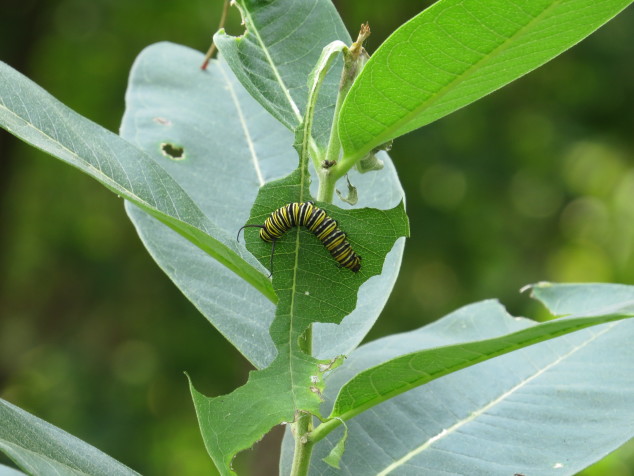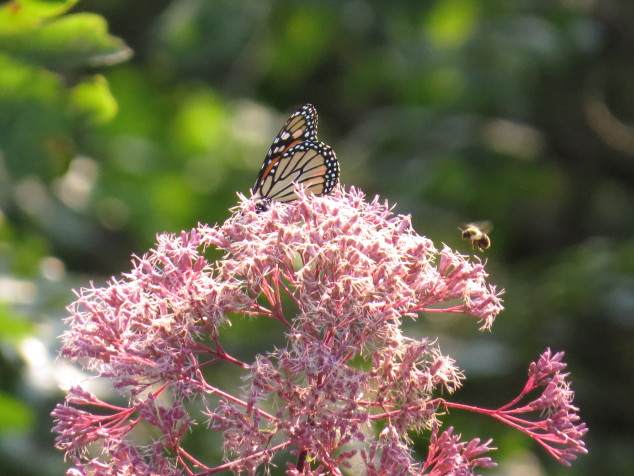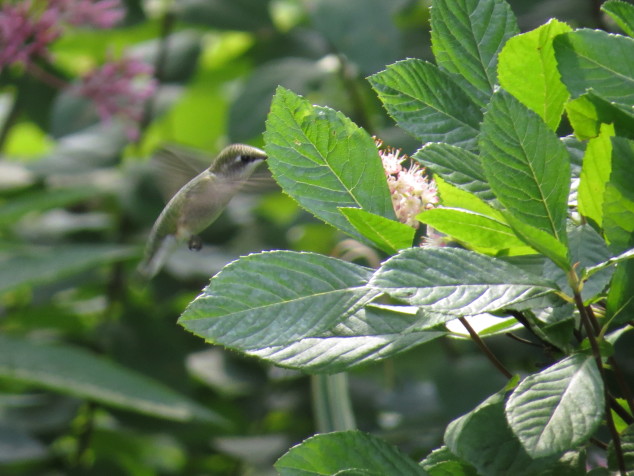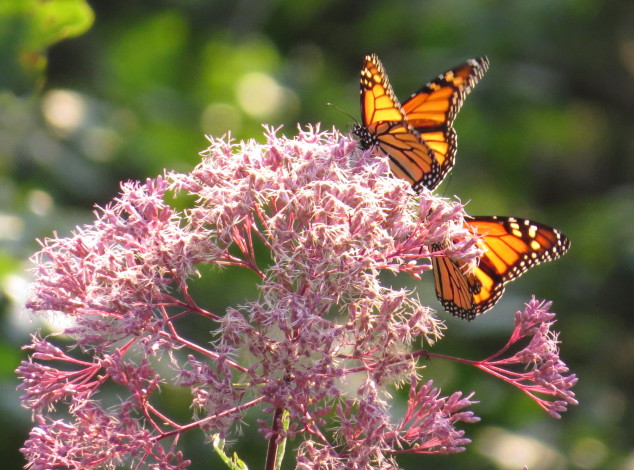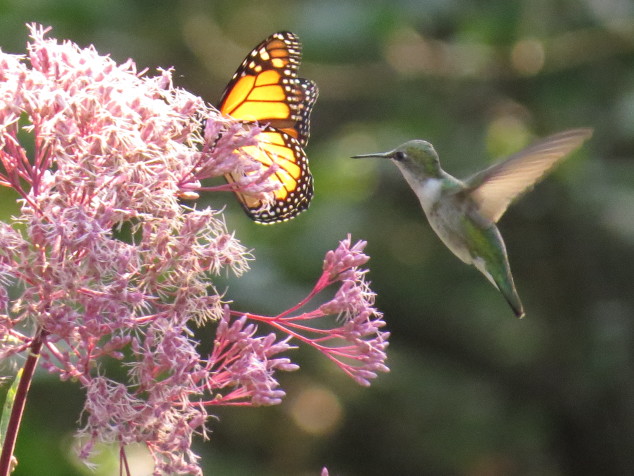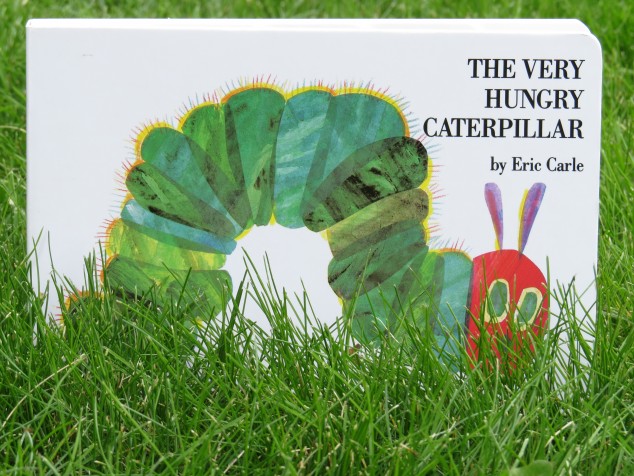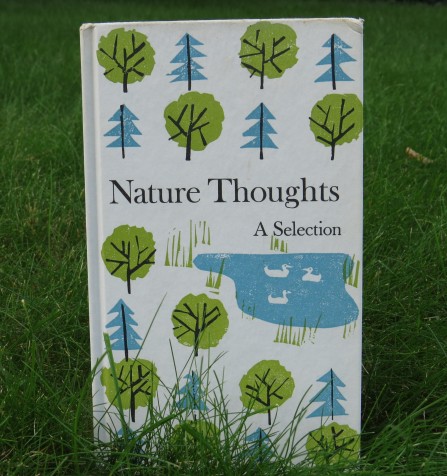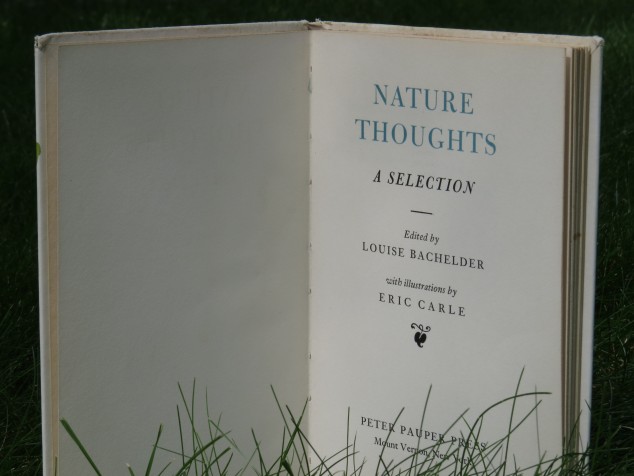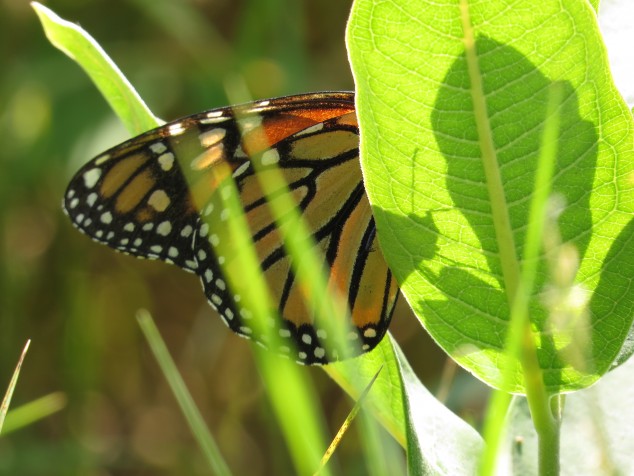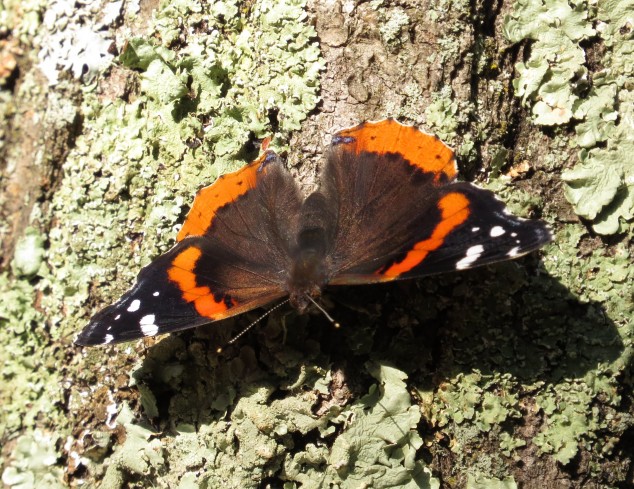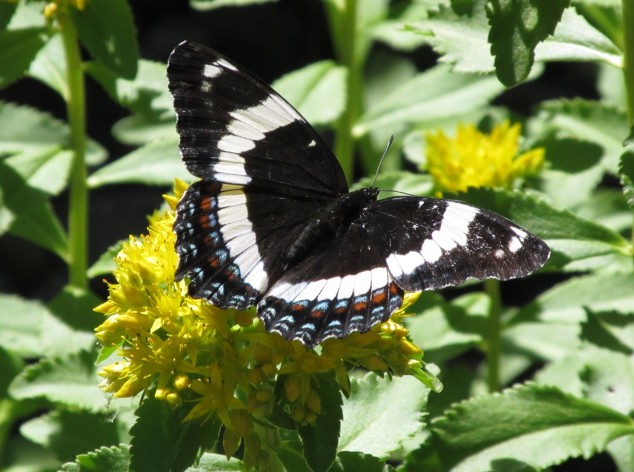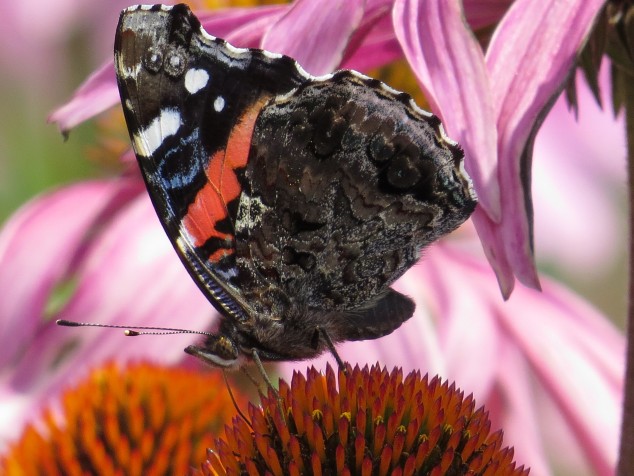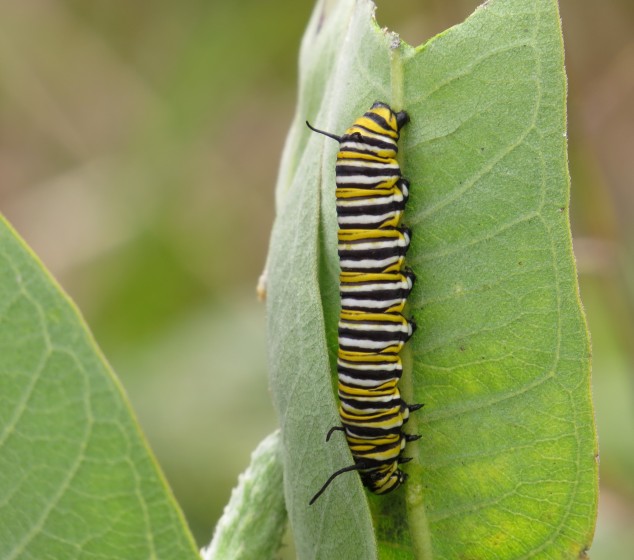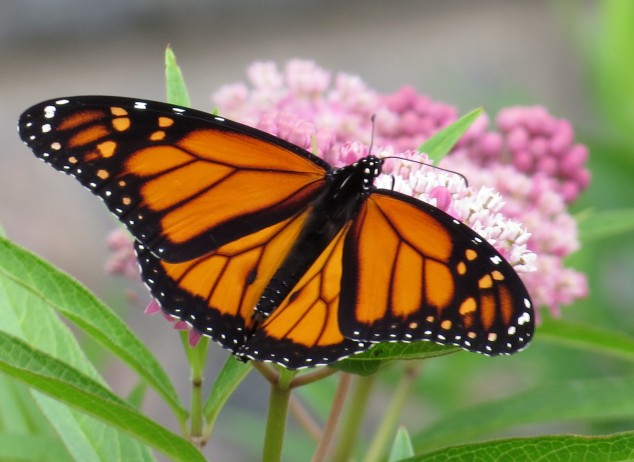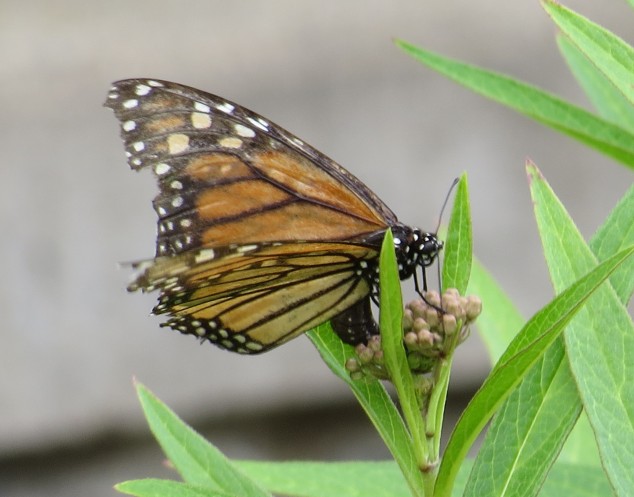I have a printed meme on my refrigerator that says, ” Your time as a caterpillar has expired. Your wings are ready.” It has a photo of a horse on it with wise-looking eyes, a star on her forehead, and alert ears. I want to wrap my arms around her neck and smell the sweet goodness that only a horse lover so deeply appreciates. The quote is referenced to Unknown; the meme was posted by Cowgirl Dreams and was passed on to me by my sister. I look at it every day.
Last weekend when we were picnicking at Big Stone Lake State Park to celebrate my Mom’s birthday, Painted Lady butterflies filled the air and lit on wildflowers of all kinds to gather nectar. When I stood still, they landed on me. Painted Lady butterflies migrate in large numbers, so this ‘gathering up’ time occurs in late August into September. They migrate to southwestern United States and northern Mexico, traveling 100 miles a day and continuing to reproduce throughout their migration.
The Painted Lady is the most widely distributed butterfly in the world. They lay their eggs on asters, thistles, burdock, and legumes. (Vanessa cardui means ‘butterfly of thistle.’) The eggs are pale green and the size of a pin head.
In 3-5 days, the tiny caterpillar hatches from the egg, constantly eats the host plant, and grows quickly. The caterpillar literally grows out of its skin four times before being fully grown (each phase between molts is called an instar.) The yellowish-green and black caterpillar makes a silk nest on the host plant to protect itself from predators.
When fully grown, in 5-10 days, the caterpillar attaches itself with a silk button to the underside of a leaf. Its skin splits open to reveal a dull, brown case and becomes a pupa or chrysalis, and metamorphosis begins.
In the 7-10 days of metamorphosis, the caterpillar breaks down and becomes liquid and re-forms into a butterfly. The chrysalis splits open, and the Painted Lady butterfly emerges with crumpled wings that take a few hours to dry and straighten out. Then she/he flies away to drink nectar and mate to begin the cycle all over again.
And what does that have to do with horses and cowgirls and all of us? Well, I think everyone wants to be a butterfly. Their bright colors attract attention, their delicate, velvety wings are marvels of flight and design, and they make even the most beautiful flowers more beautiful by their presence. But nobody gets to be a butterfly without the other steps. The tiny egg of an idea—the ‘imagineering’ of becoming a barrel racer, a nurse, or a composer—begins the process. Then comes the ingesting of information and the growth of practice—again and again and again. When maturation occurs, there is a period of stillness, a breaking down of the old to rebuild the new, the metamorphosis. Like Chris always says, “You can only get ready for so long; pretty soon you have to leave.” Your time as a caterpillar has expired. Your wings are ready. But in our all or nothing thinking, we believe we, as a whole person, are either a caterpillar or a butterfly, and if we’re not yet a butterfly, then we are somehow lacking, not good enough. I propose that we are all—at any given time—a compilation of all the stages in different areas of our lives. I am an aging tattered-winged butterfly of a Mom; I am a voracious student caterpillar in learning about trauma and attachment; I am a pupa in my spiritual life—breaking down old ideas and rebuilding new ones, and I have some tiny green eggs of ideas that I want to hatch out and grow. Cowgirl dreams…anybody dreams…dreams we can wrap our arms around. We are marvels of design, bright with the colors of creativity, and we can each make the world a more beautiful place by our presence.

